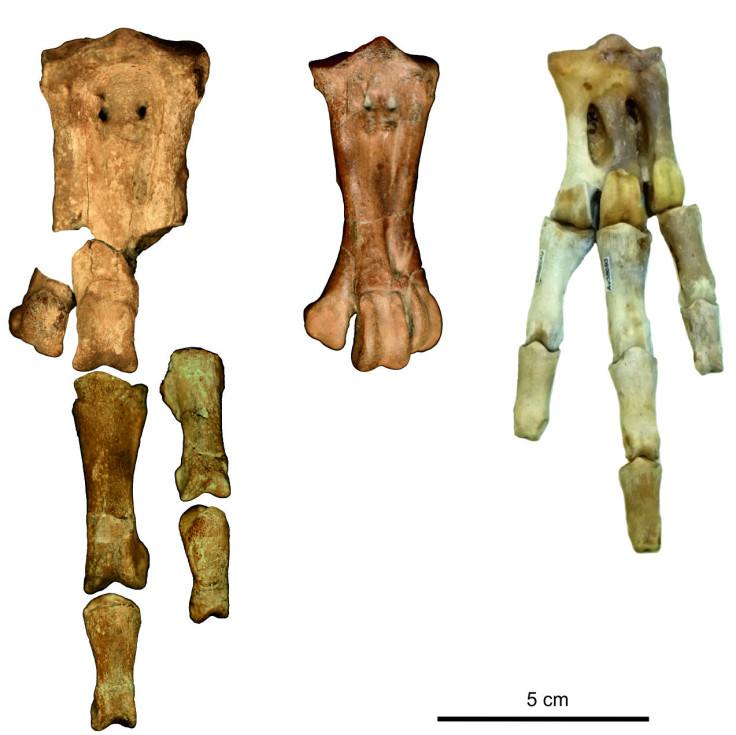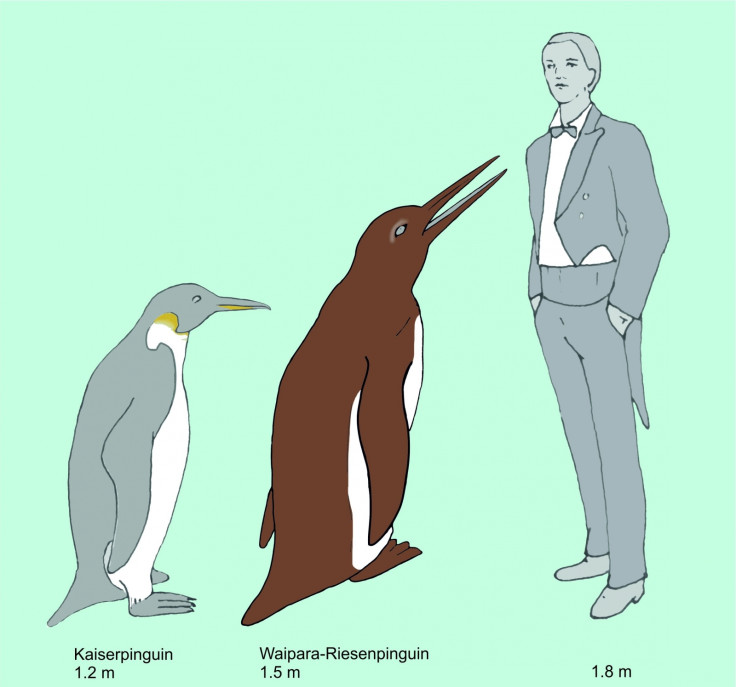61-million-year-old fossil of giant penguin indicates 'enormous' species lived alongside dinosaurs
The bones of the bird were discovered along the Waipara River in New Zealand's Canterbury region.
Scientists have uncovered the fossil of what may be a giant penguin. Discovered at a site along the Waipara River in New Zealand's Canterbury region, the remains indicate that the bird had a body length of around 150cms (1.5m) – much bigger than today's Emperor penguins.
The research team has been able to date the fossil to the Paleocene era, putting its age at approximately 61 million years, making it one of the oldest penguin fossils ever documented.

The discovery was made by German avian expert Dr Gerald Mayr from the Senckenberg Research Institute and Natural History Museum along with his New Zealand colleagues.
According to the study, which was published in The Science of Nature journal, the bones are significantly different from those of other penguins from the same age. The research shows that diversity of Paleocene penguins was higher than previously assumed and that their evolution began much earlier.
Mayr's team assumes that this evolution process was already underway in the time of the dinosaurs. "The special feature of this fossil is that it differs significantly from the hitherto known penguin findings from this section of the earth's history," the Frankfurt palaeontologist explained.
"The bones that we are investigating show that the newly described penguin was much larger than his already described relative (Waimanu manneringi). It also belongs to a species closer to penguins from later periods of time," he added, referencing the Anthropornis nordenskjoeldi — the largest-known fossil penguin found in Antarctica, which dates back 45 to 33 million years.
"Penguins had therefore reached enormous proportions very early in their history of evolution, 60 million years ago," Mayr, the lead author of the study, explained.
Based on the foot bones uncovered, the New Zealand-German research team also suspects that this newly-discovered species was already moving in the waddling upright way that is typical of modern-day penguins.

© Copyright IBTimes 2025. All rights reserved.






















